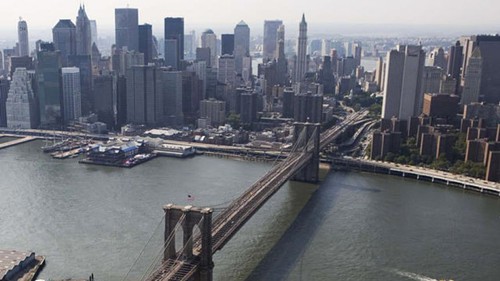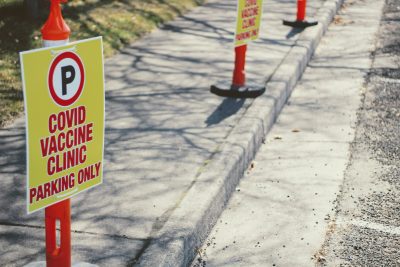Put a Toll on the Brooklyn Bridge!


When the idea to impose tolls on the East River bridges surfaced in 2006 and 2008, it was pitched as a way to raise money for the perpetually cash-strapped MTA—to close the budget gap and keep mass-transit fares from skyrocketing. I don’t think that makes sense; there are other ways to bring in more revenue to the transit agency that should be pursued before new tolls, as Borough President Marty Markowitz argued at the time: a commuter tax, a modest state gasoline tax. But there’s another argument for imposing new tolls that makes more sense.
Last week, low-polling Democratic mayoral candidate Sal Albanese argued at a mayoral debate “that levying a fee of $2 or $3 on motorists using the iconic spans linking Brooklyn and Queens to Manhattan… is necessary to lower the $15 toll imposed on the Verrazano Bridge,” Brooklyn Daily reports. That one-way toll is the highest in the nation (though it’s $10.66 with an EZ Pass, and $6.36 if you’re a Staten Island resident)—and, when the bridge was built, officials said the tolls would be phased out once they paid for the cost of construction (or so I’ve always heard from the locals). But let’s be serious: tolls don’t ever get lower or go away; once a government finds out it can charge for something, that fee will only get bigger over time. CUNY tuition will never be free. Neither will crossing the Verrazano.
But maybe if it were directly tied to something else, like Bill de Blasio’s plan to tax the rich to fund universal pre-K? The Narrows spanner, the longest suspension bridge in America, is also the most used in the borough: in 2010, it accommodated on average 204,181 vehicles a day. It’s not fair that those drivers have to pick up the tab for cars crossing the East River, just because the trip between Brooklyn and Manhattan has more cultural cachet than that between Brooklyn and Staten Island. Why is driving to and from Manhattan a privilege? Plus, northern Brooklyn residents have more transportation alternatives. “You want to have tolls where there are more mass transit options, and lower tolls where there are less,” Albanese said at the debate. “It’s only fair.” If you could directly connect an imposition of tolls on the untolled bridges to a lowering of fares to cross the Verrazano, it would do much to make intercity transit more equitable. Fairness as a concept in municipal governance may sound naive, but that doesn’t mean it’s not worth advocating for.
Follow Henry Stewart on Twitter @henrycstewart
You might also like 




















